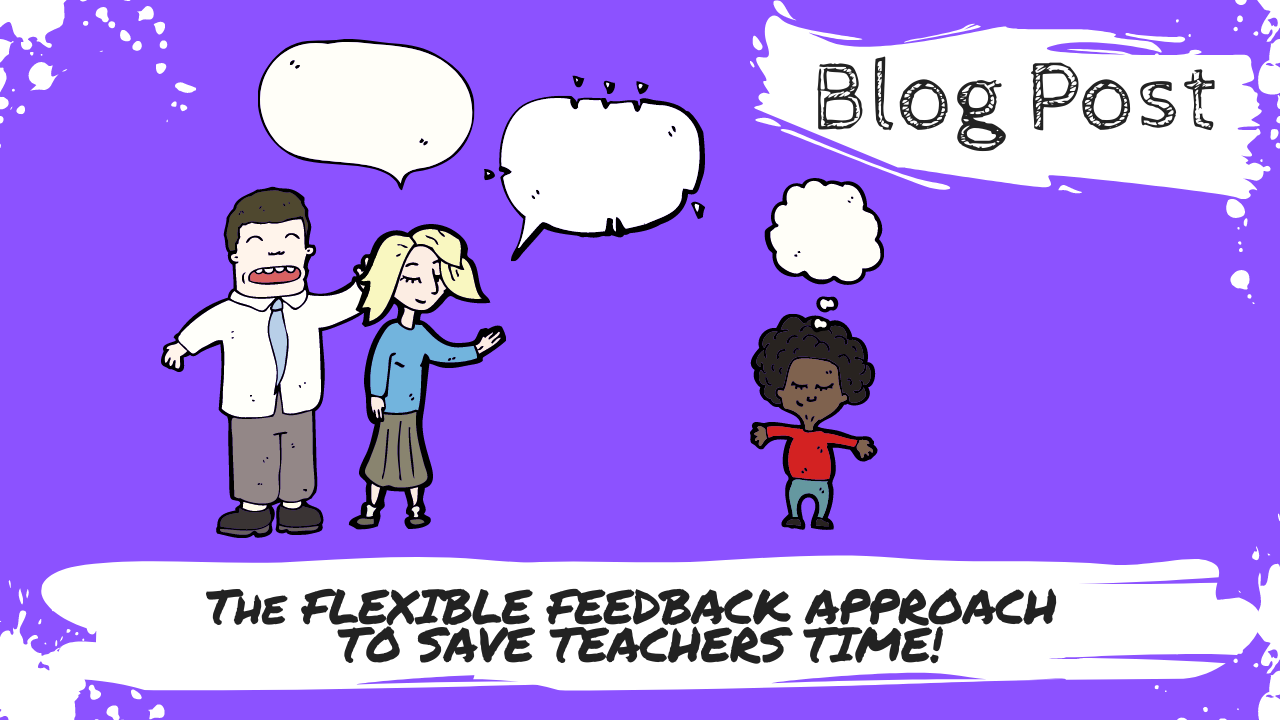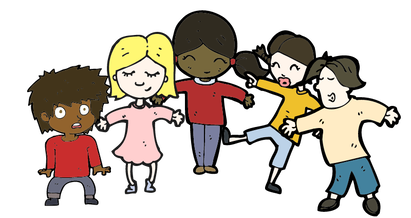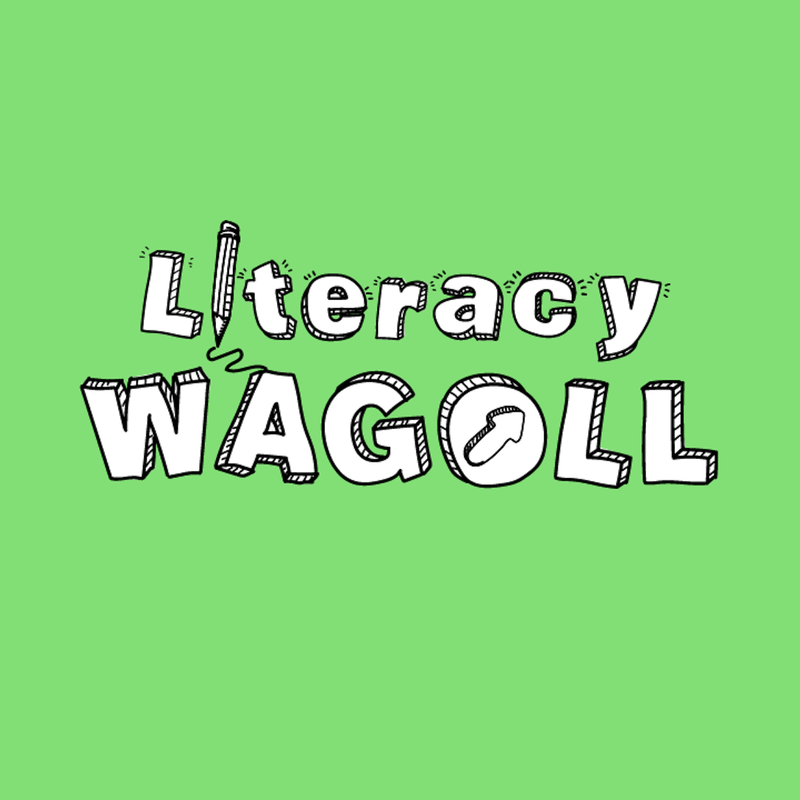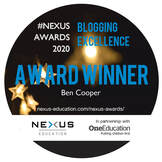|
Note the word feedback - not marking! Teachers have always shared that marking is one of the areas that impacts most on their wellbeing and takes up most time. Additionally, written feedback does not always support young and international learners. The current COVID climate of limiting the use of paper has presented teachers with a fantastic opportunity to adapt the way they work. They have been able to move away from marking and focus purely on feedback. There has been a bunch of publications discussing feedback and sharing more effective methods. By developing a flexible feedback approach, based upon research, you can create a process that is far more effective and saves teachers valuable time! Live Marking Before the lesson is complete, this is the one approach that is most effective. Live feedback allows children to receive feedback on their learning in real time. Students in lessons can respond and act immediately while their learning is still relevant. The longer time goes on before feedback is received, the more likely the child is to have forgotten the context of the feedback. Move around the class, providing this live feedback to individuals, groups and the whole class. Some would describe this as just teaching, which it is! But, it is so important to remember that the best teaching occurs when adults are responding to the misconceptions, errors and next steps of learners. If done properly, by the end of the lesson, you will have marked and provided feedback to the majority of the class and already identified the students you need to home in on later. For some lessons, live marking and feedback will be enough but there will be some lessons you didn't manage to feedback live or you feel you need to go further with the feedback. There is also a limit to amount of feedback you want to provide ina single lesson so you are not constantly interrupting students' flow of learning. A Book Stack If you are clever, you will have done this at the end of the lesson with the children but not to worry, if not! Spend time creating various stacks of the children's work. Begin to identify the children who have all made the same misconceptions. You will probably find that most children have similar next steps in their learning. Is there really any point in writing the same type of feedback in 16 different books? Probably not! Put those books to one side. Now, isolate the books that stand out from the normal. Their work may evidence children who have completely excelled or perhaps there will be books that demonstrate a complete lack of understanding (although hopefully this will have been tackled through the live feedback). Either way, look for the books that need a more personalised approach to feedback. Once you have finished, you should have one or two stacks of books which all need very similar feedback and a few examples of student learning which need some more TLC. Now that you have identified the different feedback groups, just like in a lesson, you can plan how you are going to feedback to each group of learners using the next few approaches. Written Marking Classic written feedback! Although sometimes time consuming, there is still value in providing written or annotated feedback to specific students. It is only useful if students use it to improve their understanding. Focus this feedback on those individuals that you feel you really need to invest a little more time on. This should probably be no more than five students in one particular lesson and should rotate over a number of days and weeks. Through written marking, students work will be acknowledged and the feedback will be individualised to the student. As a result, this should drive the student’s learning forward. Basic misconceptions can also be quickly addressed with next steps provided for students to respond to. Although, I would argue that verbal feedback can address most misconception far quick than any form of written feedback ever could. There is also a danger of children always having a next step written in their work which can be deflating. There be must be a balance between celebrating learning and providing next steps for students. Everyone likes to receive a positive personal note from their teacher! Whole Class FeedbackFor the larger groups of students who have similar next steps, whole class feedback is probably more ideal. At the start of the next lesson or as morning work, try delivering whole-class feedback. Share with the class what they did well and what they now need to do next in order to move their learning on. You can also include some 'shout outs' by identifying individuals who have really excelled in their learning. Try spending time modelling next steps and sharing examples. Children will also be able to work together to improve and respond to this feedback, which should enhance the quality of their responses. The knowledge that they are not the only ones who need to work on a specific improvement is also a bit of a motivator too! This type of feedback can be too generic and gives less chance for differentiated feedback. Some misconceptions from the previous lesson can also be too complex and deep-rooted to address in the feedback time and can eat away into your lessons. Whole-class feedback can be too fast paced for some students which is why it is important to combine the the whole-class approach with other more personalised methods. Group FeedbackWhile whole class feedback is occurring and students are taking action, teachers are free to target individuals and groups of students to provide more personalised feedback. These student may have been identified during your book stacking process or during your whole class feedback, when a few children still were not entirely grasping the concept. Group feedback should be much more guided and talk students through making corrections or moving their learning forward. Coaching also may compliment the written feedback to ensure students have interpreted your comments accurately. By scaffolding the groups thinking and encouraging collaboration, you can really get under the skin of what the barrier to their learning is and overcome it together. Peer-to-Peer Feedback This approach has to be used with caution. Pupils may not know how to give effective feedback, they may need training first. Pupils may also not be expert enough themselves to offer valid feedback on a particular topic. You can not provide feedback on how to ride a horse well if you have never ridden one. However, when students are trained well and experts have been identified, peer feedback can be very beneficial. This feedback can be completed in groups of pairs. Children can swap learning outcomes or focus on one particular student’s work in order to evaluate and provide feedback for the student. ‘Fake marking’ can focus on work that has been created by a fictional student. Students providing peers with feedback has two benefits. The student receiving the feedback develops an understanding on the quality of their learning while the student providing feedback is tasked with evaluating learning in a coherent and purposeful way. This method promotes self-regulation in both participants. Students may benefit from the use of a success criteria to guide focus towards certain aspects of the learning. Self-Reflective Feedback Go it alone! Students providing themselves with feedback has two benefits. The method promotes self-regulation both during the evaluation process and during future work. It can turn self-reflection and self-regulation into a habit. Again, students may benefit from the use of a success criteria to guide focus towards certain aspects of the learning. Similar to peer feedback, pupils may not know how to give effective feedback, they may need training first or scaffolded questions to guide the process. A Final Word...High quality feedback should not be approached as a one size fits all. Different tools and approaches should be used based upon subject, type of work and the individual student's needs.
Children will also get better at responding to all forms of feedback the more they are exposed to it. Spend time training the children on how to improve their work effectively. Set expectations and show great examples of student responses to feedback. If you feedback smartly, you will probably find that you save yourself time and it has a greater impact on the learning. Win, win! Try and tie the feedback into what is planned for the next lesson. This way, feedback and learning appears far more relevant and allows students to build knowledge connections which also enhances learning retention in the long term. The more you play around with these strategies and evaluate what works for your students, the better you will become!
2 Comments
Sam
28/11/2021 11:46:54 pm
Thanks for the blog post! I really appreciate that you are trying to find ways to make work easier for teachers AND provide more helpful feedback for students. I completely agree that too much constructive and specific feedback leads to potential frustration and ends up not helping students become a better writer. I also agree that group feedback is a good idea for helping students becoming better writers. This is especially true since students often make the same mistakes at the same level of learning. I'm sure this is something that veteran teacher will excel at more than new teachers since they are more familiar with what types of writing struggles their students often run into.
Reply
Estefania Flores
8/2/2023 02:51:01 am
This type of content is what every teacher should read, it is very helpful for me. I am new here, and I feel that feedback is necessary in teaching, since it allows us as teachers to help students. There are many ways of doing feedback, personally I do it in groups, so everyone helps each others and collaborate in the activities
Reply
Leave a Reply. |
SearchWith a keen interest in the neuroscience and psychology of learning, WAGOLL Teaching is about sharing research alongside great, simple teaching ideas to a global teaching community.
Ben has been in education for over 10 years and is passionate about simplifying high quality teaching and learning through innovative and practical approaches in the classroom. sUBSCRIBE |
|
Who are we? |
With a keen interest in the neuroscience and psychology of learning, WAGOLL Teaching is about sharing research alongside great, simple teaching ideas to a global teaching community.
|
All copyright reserved ©.
I would like to remind all visitors to this website that all pages on this site are copyright protected, unless stated. Most importantly, this site is for the use and enjoyment of all children, parents, guardians, carers and teachers who are involved in WAGOLL Teaching. Please use the resources/ideas as you need without replicating them for your own gains.
I would like to remind all visitors to this website that all pages on this site are copyright protected, unless stated. Most importantly, this site is for the use and enjoyment of all children, parents, guardians, carers and teachers who are involved in WAGOLL Teaching. Please use the resources/ideas as you need without replicating them for your own gains.










 RSS Feed
RSS Feed


